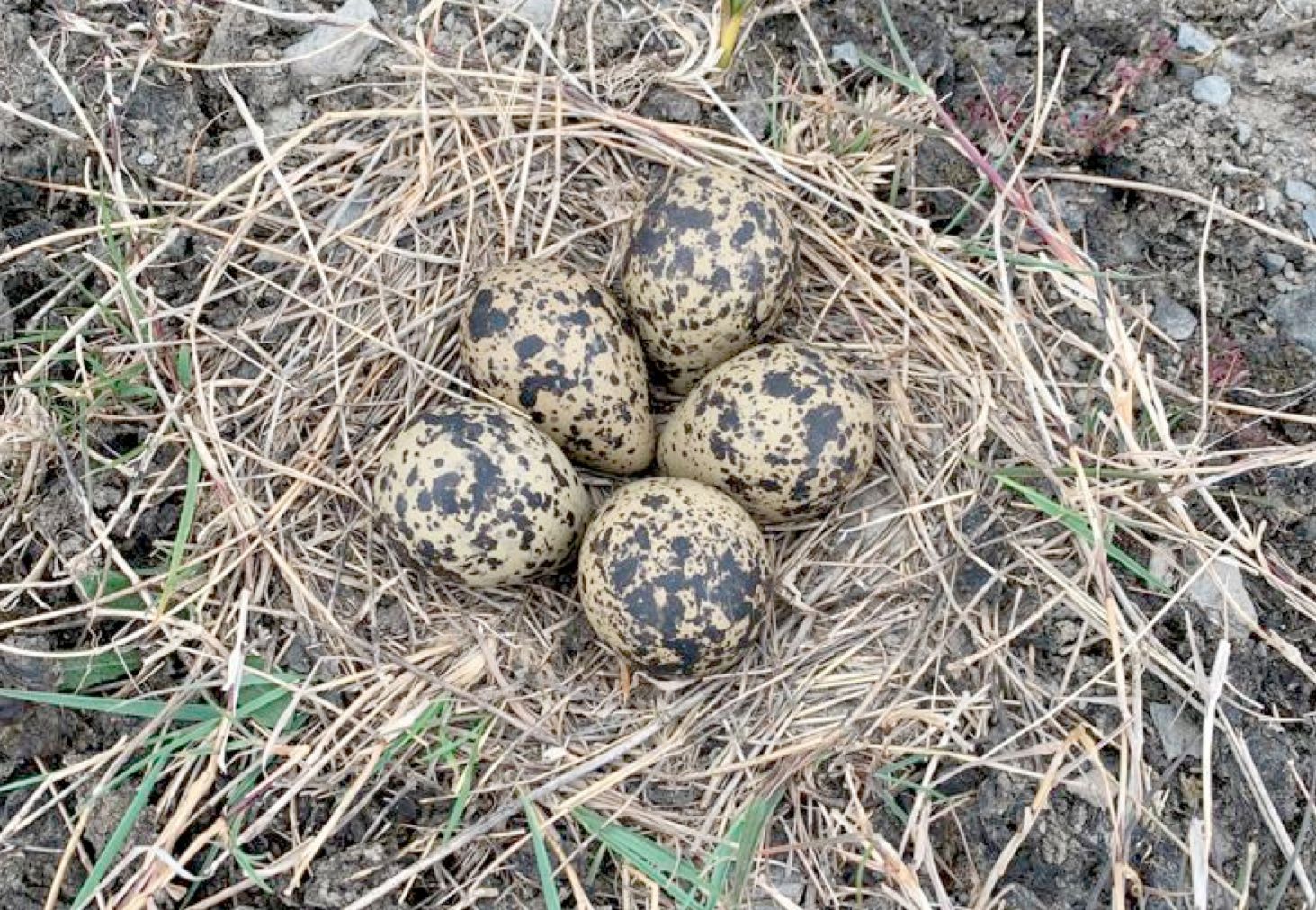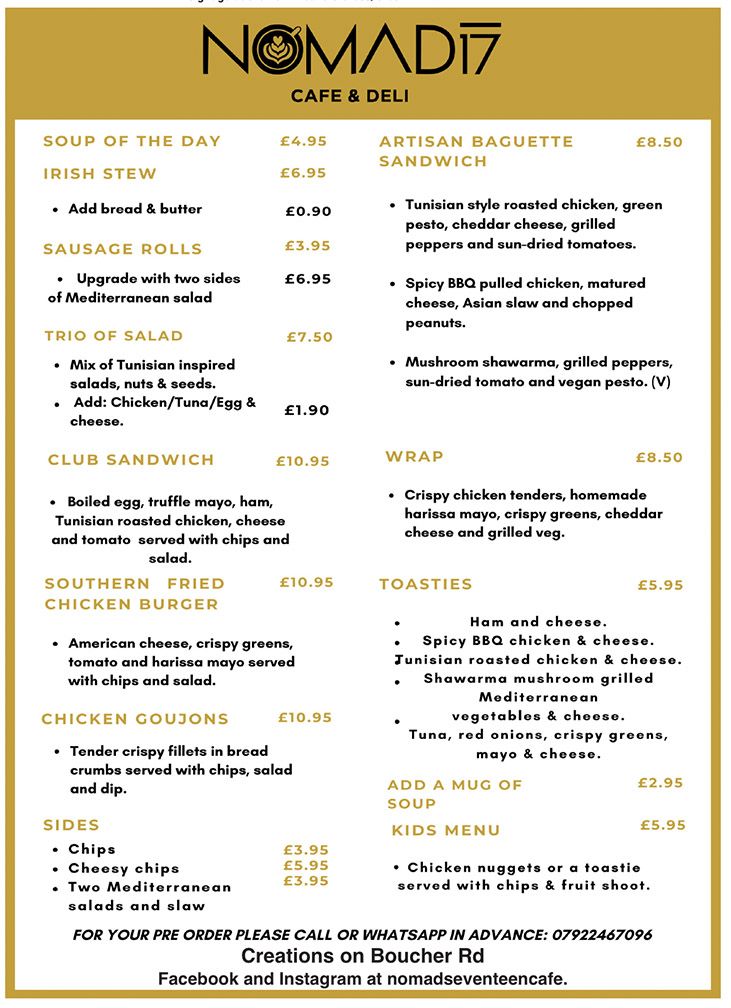THERE’S nothing more perfect, more beautiful, in the world than these five eggs. Even among the vast horde of treasures in the famous Louvre museum in Paris there will be nothing to match them, no jewel more spectacular. The pyramids and the Taj Mahal may be wonders of the world, but they don’t hold a candle to these wonders of nature.
They were found this week by a walker down at the Docks, the eggs resting on a tuft of soft hay on a slither of land which had been levelled some years ago in preparation for development. It’s just a few acres of grey rubble that plants can barely penetrate, but for some evolutionary reason it’s the type of land that lapwings believe gives them the best chance of breeding success.
If you know where there are breeding Lapwing please submit the details to @BioDataCentre so we better understand where important breeding areas remain #FarmlandBiodiversity https://t.co/rff5lOkkpV pic.twitter.com/yhQbA05KRu
— Biodiversity Ireland (@BioDataCentre) May 9, 2021
We have so many misconceptions about nesting birds – Dúlra would say that more actually nest on the ground than in trees. Many ground nests are among the best concealed – the garden robin's for example – but the lapwing is too big even to try to hide. It prefers a level plain to lay its eggs on so it can see predators approaching.
The problem is that today, we’re the predators. Lapwings have been squeezed out of Ireland as breeding birds in recent years – just as we decided to name it our national bird.
It’s like a form of twisted humour – you might be the national bird, but don’t even consider breeding here – we won’t have it!

These five lapwings eggs will be almost certainly the only ones in Belfast, and probably for many miles around it. In years gone by they bred in every field – so common that boys minding cattle in the Belfast Hills used to collect their eggs for dinner. It takes 70 days from laying until the chicks are reared, that means their young will be in mortal danger for more than two months.
But as far as people are concerned, no place is off limits. We’ll walk where we want, when we want, often with dogs in tow. Those eggs might be apparent in the photograph, but their fantastic camouflage makes them look like stones. They’d be easily smashed by a shoe or even a paw.
Lapwing breeding populations in Ireland have suffered a serious decline in recent decades and are now a species of high conservation concern. Any areas where they remain breeding on farmland are hughly important for their conservation #FarmlandBiodiversity pic.twitter.com/SVLKNtri2Q
— Biodiversity Ireland (@BioDataCentre) May 9, 2021
Dúlra gets a lump in his throat when he thinks of the ordeal that these parent lapwings will undergo over the next two months. Every time a person appears on the horizon, the parents will be terrified. And even if no-one actually steps on to this stretch of wasteland, dogs cover much more ground than their owners and they’ll veer off paths.
The parent lapwings will take to the air, nervously keeping an eye on their fragile family, even trying to woo visitors away from the nest. But when the mother isn’t incubating, there’s a risk the eggs become chilled and the chicks inside die – especially with this week’s weather. And while she’s off the nest, the eggs could be spotted and eaten by a crow or bird of prey.
Lapwings are gracious, regal birds, but inside these parents must be a bag of nerves. The problem is that we don’t give up ANY land to lapwings to safely nest on. We want it all – to build on, farm on or just walk on.
The land this pair are nesting on is due to be built on – Dúlra has no idea when it will start, but he prays it is not in the next 70 days.
If Belfast’s only breeding pair of lapwings rear a family, it’ll be more out of luck than design. Our councils should have policies covering the promotion of every bird, from the humble house sparrow to the country’s national bird, from the kestrels clinging on to the Belfast Hills to the swifts who struggle to find nest sites when they return here from Africa every spring. Some day the councils will do that and more – but will it be too late for the Belfast lapwings?
One ray of hope lies in the nest itself. Lapwings are known to lay three or four eggs – Dúlra could find no record of five. It’s a sure sign that Belfast’s pair of pilibíní are healthy and optimistic for the future. We can only hope they’re right.
If you’ve seen or photographed anything interesting or have any nature questions, you can text Dúlra on 07801 414804.








